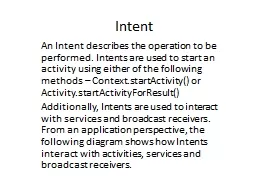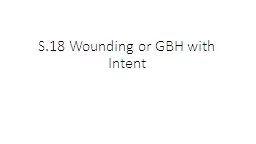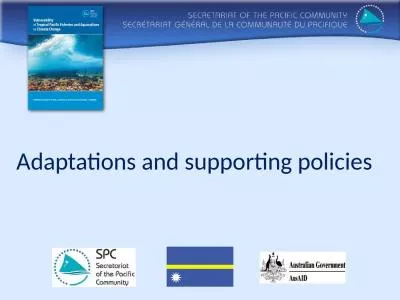PPT-Supporting Diverse Dynamic Intent-based Policies using Janus
Author : lindy-dunigan | Published Date : 2018-10-29
Anubhavnidhi Archie Abhashkumar JoonMyung Kang Sujata Banerjee Aditya Akella Ying Zhang o and Wenfei Wu 1 This work was funded by Hewlett Packard Labs
Presentation Embed Code
Download Presentation
Download Presentation The PPT/PDF document "Supporting Diverse Dynamic Intent-based ..." is the property of its rightful owner. Permission is granted to download and print the materials on this website for personal, non-commercial use only, and to display it on your personal computer provided you do not modify the materials and that you retain all copyright notices contained in the materials. By downloading content from our website, you accept the terms of this agreement.
Supporting Diverse Dynamic Intent-based Policies using Janus: Transcript
Download Rules Of Document
"Supporting Diverse Dynamic Intent-based Policies using Janus"The content belongs to its owner. You may download and print it for personal use, without modification, and keep all copyright notices. By downloading, you agree to these terms.
Related Documents














